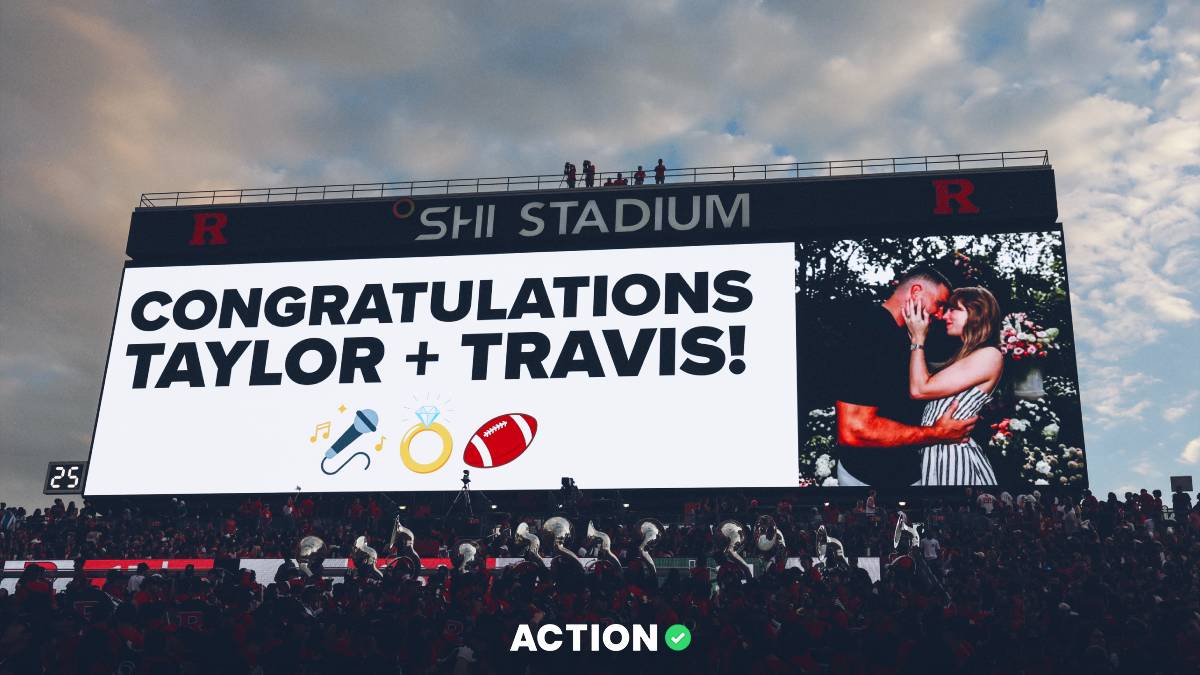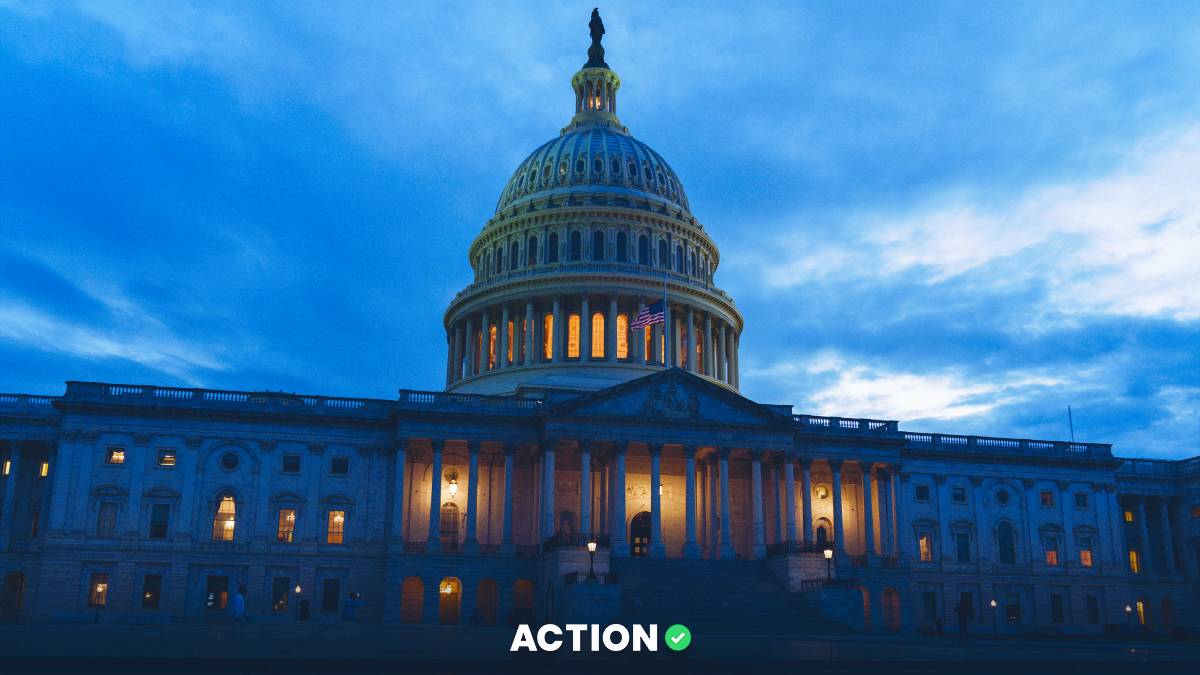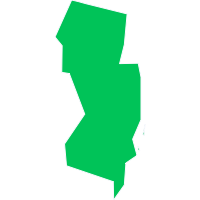The Risk in Halloween
When porch lights flicker and kids flood the sidewalks, quiet blocks turn into candy parades. It’s a familiar kind of magic, and every year, the odds of something going wrong tick up, too.
Action Network operates in a world of odds and outcomes — so we set out to quantify the risk of Halloween. Using data from 50 major U.S. cities, we built the Trick-or-Treat Risk Index (0–100) and converted each score into an implied probability of Halloween incidents.
The riskiest cities approach 1 in 2 odds (≈45%) of a Halloween incident, compared to a 1 in 3 chance (≈35%) nationally.
Key Findings
- Memphis, TN has the nation’s highest implied probability of Halloween incidents — about 44%, or twice the national average.
- Detroit, MI follows at 43%, with Albuquerque, NM (33%), Columbus, OH (32%), and Kansas City, MO (32%) rounding out the top five.
- Southern and Midwestern cities dominate the riskiest group, driven by higher traffic and crime rates, while coastal metros generally trend safer.
- Among the safest: Arlington, TX (7%), El Paso, TX (11%), and Virginia Beach, VA (17%) — cities where lighting, calm streets, and community design reduce risk.
Top 10 Riskiest U.S. Cities for Trick-or-Treating, 2025
1. Memphis, TN
Halloween hums in Memphis—porches glow, sidewalks fill, and the city comes alive after dark. But behind the celebration, the odds run high. Memphis records some of the nation’s top violent crime and pedestrian fatality rates. Warm nights keep families out longer, extending exposure once the sun sets. Implied probability of Halloween incidents: 44%.
2. Detroit, MI
In Detroit, tradition meets tension. Neighborhood patrols have long been part of Halloween night, balancing festivity with vigilance. Violent crime sits well above the U.S. average, and offender density increases the odds even in organized areas. Implied probability of Halloween incidents: 43%.
3. Albuquerque, NM
Under the desert sky, Albuquerque’s wide roads and open routes can make Halloween feel free, but also exposed. Property crime ranks among the nation’s highest, and DUI rates remain elevated. After dark, visibility becomes the biggest factor. Implied probability of Halloween incidents: 33%.
4. Columbus, OH
From downtown porches to sprawling cul-de-sacs, Columbus covers a lot of ground. Wide arterials and high pedestrian fatality rates make route timing crucial, and most families finish early to stay safe. Implied probability of Halloween incidents: 32%.
5. Kansas City, MO
Historic neighborhoods fill up fast on Halloween. Perfect for costumes, tricky for street crossings. Violent crime exceeds 1,000 per 100k, and pedestrian deaths remain high. As crowds grow and traffic speeds up, small lapses can turn into big scares. Implied probability of Halloween incidents: 32%.
6–10 Riskiest Cities
- 6. Houston, TX — High property crime and heavy traffic combine for crowded, unpredictable streets. Implied probability of Halloween incidents: 31%.
- 7. Oakland, CA — One of the nation’s highest property crime rates keeps risk elevated. Implied probability of Halloween incidents: 31%.
- 8. Colorado Springs, CO — Family-friendly but steady DUI numbers and dense traffic add pressure. Implied probability of Halloween incidents: 31%.
- 9. Minneapolis, MN — Early cold, long nights, and high property crime rates all raise odds. Implied probability of Halloween incidents: 31%.
- 10. Milwaukee, WI — Violent crime and offender density push it into the top ten. Implied probability of Halloween incidents: 30%.
The Safest Cities for Trick-or-Treating
At the other end of the spectrum, these cities exhibit the lowest Halloween risk levels, where design, lighting, and local awareness keep the scares where they belong.
1. Arlington, TX
Arlington stands out as a place where parents can truly relax. Low violent and property crime rates, calmer streets, and short crossings all help. Even at peak hours, drivers expect pedestrians, which is a key safety advantage. Implied probability of Halloween incidents: 7%.
2. El Paso, TX
Tight-knit neighborhoods and strong community watch programs make El Paso one of America’s safest large cities. Violent crime sits under 300 per 100k, and residents tend to know both their routes and their neighbors. Implied probability of Halloween incidents: 11%.
3. Miami, FL
Despite its nightlife image, Miami’s family neighborhoods stay calm on Halloween. Bright lighting and steady patrols make for a predictable night out. Implied probability of Halloween incidents: 12%.
4. New York, NY
New York’s dense neighborhoods, high visibility make it one of the safest big cities for Halloween. Compact blocks and a steady police presence keep trick-or-treat routes manageable even with crowds. Implied probability of Halloween incidents: 13%.
5. Las Vegas, NV
Far from the Strip, suburban Las Vegas shines with bright, boasting walkable streets and some of the nation’s lowest pedestrian fatality rates. Halloween here feels busy but organized; families know the routes, and drivers know to expect them. Implied probability of Halloween incidents: 13%.
What the Data Says About Halloween Risk
The riskiest cities share three traits: higher violent crime, weaker pedestrian infrastructure, and heavy traffic; patterns most common across the South and Midwest.
Safer cities tend to be well-lit, walkable, and community-oriented. Climate plays a role too: warm nights keep families out longer, while colder temperatures shorten trick-or-treat windows and lower the odds. Halloween risk isn’t random; it reflects how each city is built, lit, and looked after.
Tips for a Safer Halloween
Small moves that tilt the odds in your favor:
- Start early. Plan the route and aim to finish by 8 p.m.
- Light up. Use reflective gear, glow sticks, or clip-on lights.
- Stay curbside. Cross at corners and marked crosswalks only.
- Slow down. Drivers should expect heavy foot traffic and stay under 20 mph.
- Stick together. Young kids should always go with an adult or group.
- Mind the masks. Choose clear sightlines and breathable fabrics.
- Know your route. Pick well-lit streets and avoid shortcuts.
Methodology
The Trick-or-Treat Risk Index 2025 ranks the 50 largest U.S. cities by Halloween risk using nine measurable factors across three categories:
- Safety risks (50%): violent crime, property crime, registered sex offenders per capita.
- Street & traffic risks (35%): pedestrian fatalities, DUI rates, traffic congestion.
- Environmental risks (15%): fewer daylight hours and colder October temperatures (scored so darker/colder = higher risk).
Data sources include the
FBI Uniform Crime Reports,
NHTSA Fatality Analysis Reporting System,
TomTom Traffic Index, LendingTree/QuoteWizard,
NOAA Climate Normals,
OffenderRadar, and Wikipedia’s sunshine-duration list.
All metrics were normalized to a 0–100 scale, weighted, and converted to an estimated Halloween risk level (%).
The goal is to show how real-world conditions shape Halloween safety across the U.S. For more on probability and risk, see casino games with the best odds.
See the full dataset here.


















































